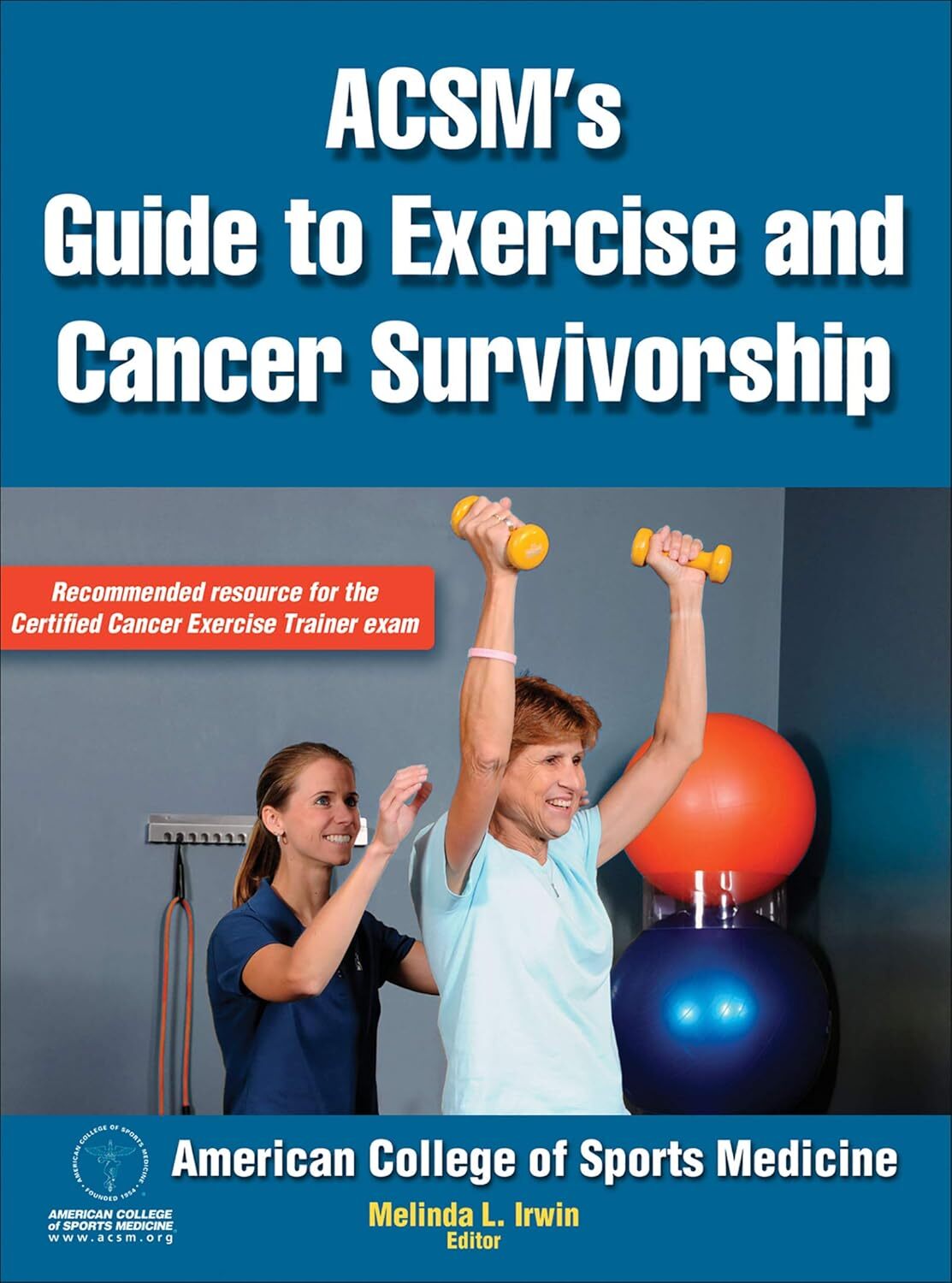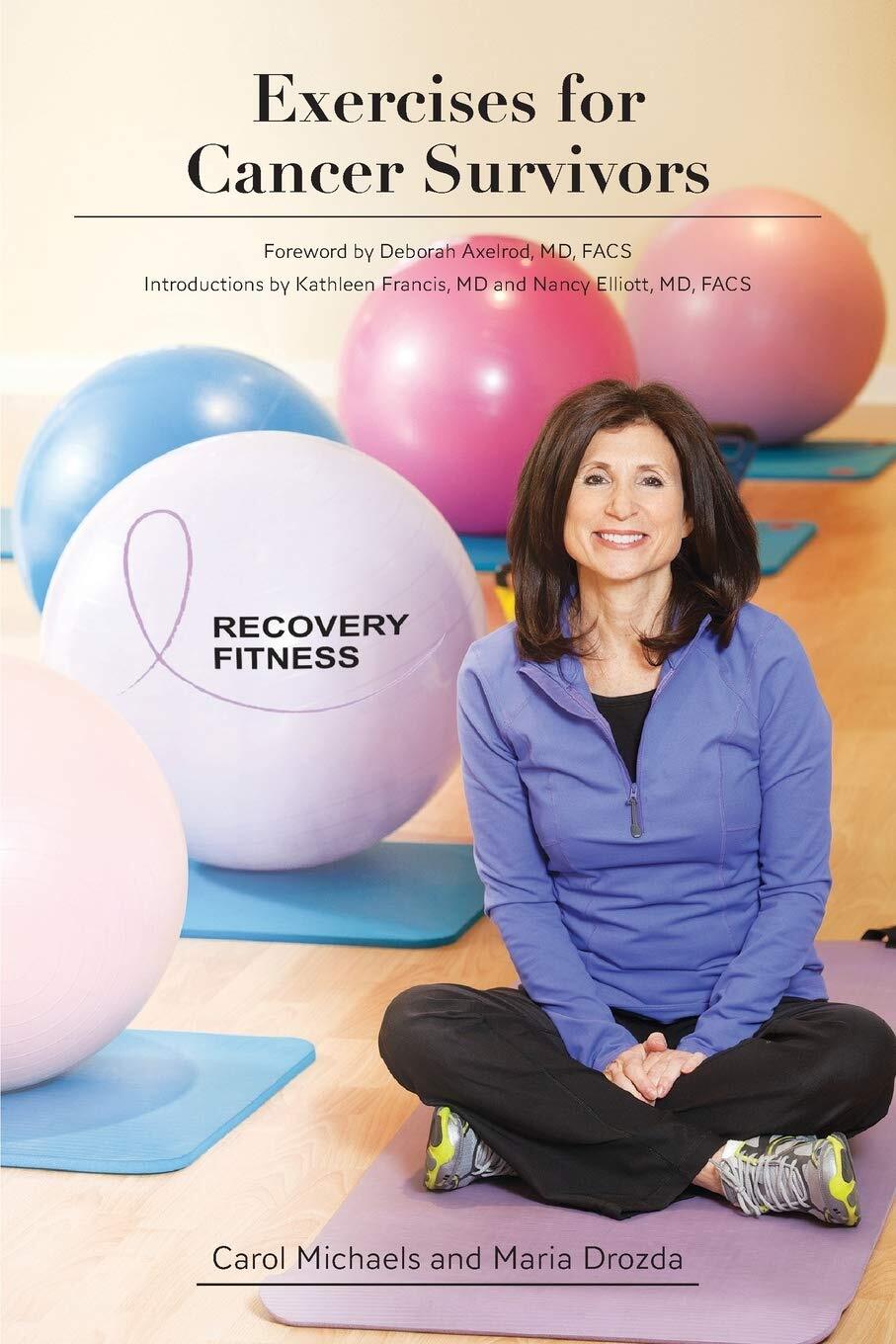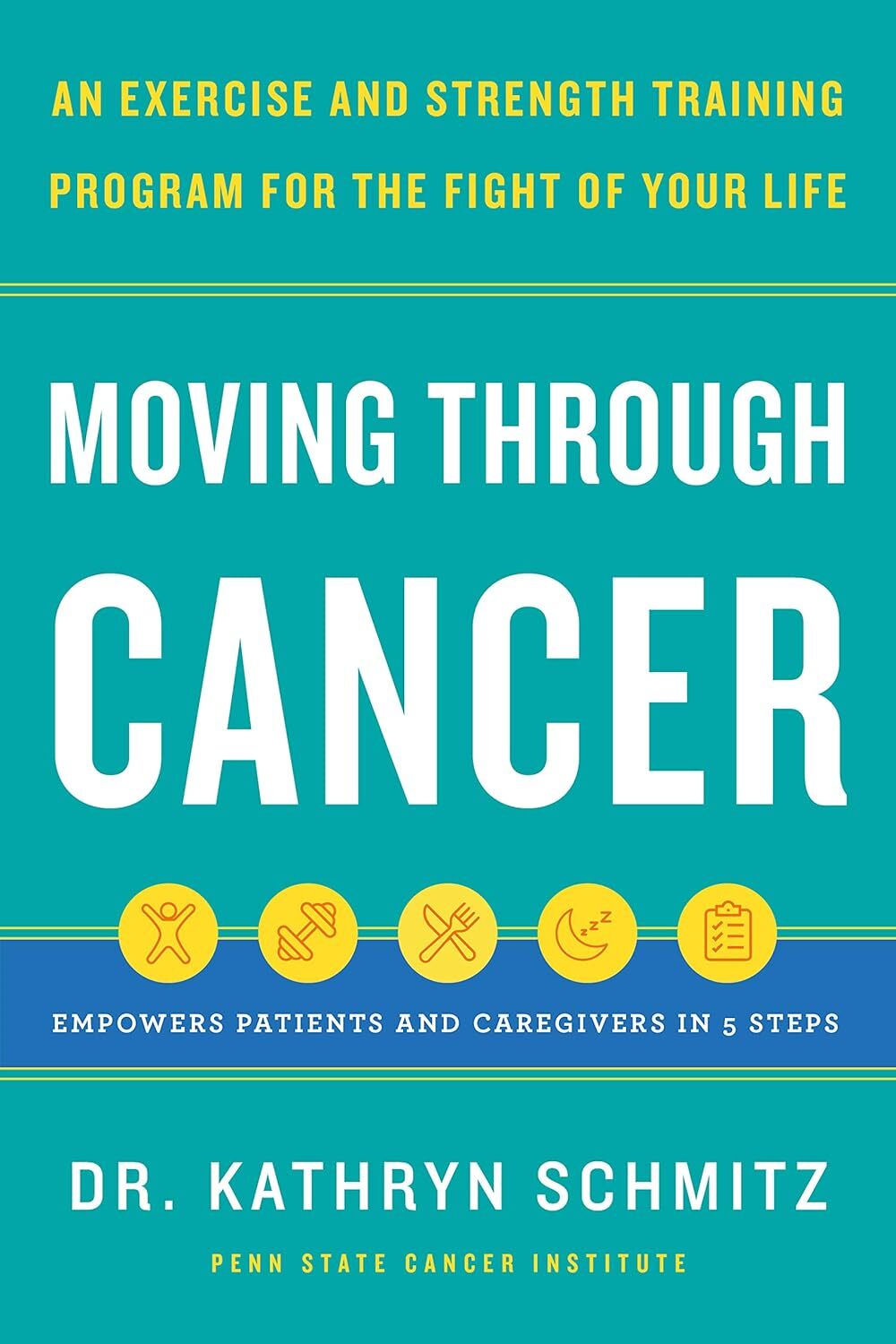Balance Exercises
Improve Stability and Reduce Fall Risk

Introduction
Balance Exercises improve stability and coordination, making daily mobility safer and more self-assured. They reduce fall risk and build confidence for daily activities.
Why It Works
Balance Exercises strengthen core and lower body muscles, enhance sensory feedback from joints and muscles, and train the brain's vestibular system to maintain equilibrium. They address challenges like reduced sensation in the feet or legs, muscle weakness, or deconditioning, which can increase fall risk. Regular practice activates the parasympathetic nervous system, reducing stress and anxiety while improving gait and reaction time.
* Consult your physician before starting any exercise program on this website, as the content is for informational purposes only and not a substitute for professional medical advice.
How To Do It
Instructions:
- Get Ready: Stand behind a counter or sturdy chair. Keep your back straight and feet together.
- Lift Foot: Slowly lift your right foot off the floor. If needed, hold the back of the chair or counter for support.
- Bend Knee: Bend your right knee to a 90-degree angle.
- Balance and Hold: Hold this position for 10 seconds.
- Lower Foot: Lower your right foot back to the floor.
- Repeat: Repeat the exercise 10 to 15 times on each foot. Try to slowly increase your single-leg balance time, aiming for 30 to 60 seconds.
Side Leg Raises
Standing side leg raises can improve stability by working your hips, glutes, and abdominals. This will help you feel more stable as you walk and change positions.
- Get Ready: Stand upright behind a sturdy chair with feet shoulder-width apart. Put your hands on your hips or hold the back of the chair for support.
- Engage Core: Engage your core and shift your weight to your left foot.
- Lift Leg: Slowly lift your right leg out to the side. Keep your right foot flexed and toes pointing forward.
- Hold & Lower Leg: Hold for 10 to 15 seconds, then lower it to the starting position.
- Repeat: Complete 10 to 15 repetitions on each side.
- Get Ready: Sit toward the front of your chair with your back straight and feet hip-width apart. Rest your hands on your lap or the armrests.
- Engage Core: Engage your core (belly muscles) and press your feet into the floor. Exhale as you hinge at your hips and stand up.
- Balance and Hold: Pause for a breath while standing.
- Lower to Seated: Hinge at your hips and bend your knees to sit down, returning to the starting position.
- Repeat: Repeat this move 10 to 15 times.
Leg Lifts
Leg lifts (knee to chest) help build stronger core and hip muscles, making it easier to stay balanced and steady. They also improve your sense of body position, which helps prevent falling.
- Get Ready: Stand with feet hip-width apart or sit upright in a chair, engaging your core and holding a chair/wall for support if needed.
- Engage Core: Tighten your stomach muscles slightly to stabilize your body, whether standing or seated.
- Lift Knee: Slowly lift one knee toward your chest (standing: keep standing leg slightly bent; seated: raise as high as comfortable).
- Balance and Hold: Hold the lifted knee for 1-2 seconds, keeping steady and focusing on a point ahead for balance.
- Lower Leg: Gently lower your foot back to the ground (standing) or chair (seated) with control.
- Switch Sides: Repeat the lift with the other knee, keeping movements slow and controlled.
- Repeat: Alternate legs for 8-12 reps per side, breathing steadily and maintaining balance.
Heel-Toe Raises
Shuffling your feet when you walk instead of lifting each foot off the ground can cause falls. Heel-toe raises can strengthen the muscles in your shins and ankles, helping you walk more efficiently. You can do these sitting or standing, depending on your ability level. If standing, it helps to have a sturdy surface or chair in front of you.
- Get Ready: Sit or stand with your back straight and your hands in your lap or on the chair. Keep your feet flat on the floor.
- Lift Heels: Press into the balls of your feet to lift your heels.
- Hold & Lower Heels: Stand on your tiptoes. Hold for 5 to 10 seconds, then lower your heels back to the floor.
- Lift Toes: Press into your heels and lift your toes as high as you can, hinging at your ankles.
- Hold & Lower Toes: Hold for 5 to 10 seconds before placing your feet flat on the floor. Try to do each raise slowly and with control.
- Repeat: Repeat both movements 10 to 15 times.
4. Handle Distractions Gently
If balance wavers or mind drifts, pause, breathe, and reset without self-criticism. Use a mirror to observe form.
5. Conclude Mindfully
After completing the sequence, stand or sit quietly, scanning your body for sensations of steadiness. Deepen breaths, gently shake limbs, and resume activities slowly.
Helpful Tips:
- Consult professionals: Work with a physical therapist to tailor exercises to your needs and physical condition.
- Progress gradually: Start seated if fatigued; advance only when comfortable to avoid injury.
- Use support wisely: A chair or wall is fine—view it as a tool, not a crutch.
- Incorporate daily: Add to walks or yoga for holistic benefits; track improvements in a journal.
- Address reduced sensation: If sensation is limited, focus on visual cues and slower movements.
- Modify for limitations: Skip or adapt exercises causing pain; prioritize consistency over intensity.
- Hydrate and rest: Listen to your body, especially if fatigued; stop if dizzy.
- Combine with strength: Pair with resistance training 2x weekly for comprehensive benefits.
- Be patient: Benefits like reduced fall fear emerge over 4–8 weeks of regular practice.
Recommended Videos
10 Minute Balance Exercises
Jessica Valant
Balance Workout to Prevent Falls for Seniors
yes2next
10-Minute Balance Workout For Seniors
More Life Health Seniors
Influential Books
Dr. Melinda L. Irwin has assembled a team of the most respected experts in the field of exercise and cancer survivorship.
The Recovery Fitness® cancer exercise program is a recommended and empowering method for cancer patients.
Cancer diagnosis and treatment doesn't have to be a passive experience, and it shouldn't be. Dr. Kathryn Schmitz's Moving Through Cancer introduces a 21-day program of strength training and exercise for cancer prevention and recovery.
* As an Amazon Associate I earn from qualifying purchases.
Helpful Websites
Popular Apps
Scientific Research
- Streckmann, F., et al. (2019). It’s never too late - balance and endurance training improves functional performance, quality of life, and alleviates neuropathic symptoms in cancer survivors suffering from chemotherapy-induced peripheral neuropathy: results of a randomized controlled trial. BMC Cancer, 19(1), 414. https://bmccancer.biomedcentral.com/articles/10.1186/s12885-019-5522-7
- Kneis, S., et al. (2023). Effect of Exercise on Chemotherapy-Induced Peripheral Neuropathy Among Patients Treated for Ovarian Cancer: The PEDRO Randomized Clinical Trial. JAMA Network Open, 6(8), e2329310. https://jamanetwork.com/journals/jamanetworkopen/fullarticle/2807806
- Miller, M. J., et al. (2025). Balance Changes in Adult Cancer Survivors Participating in a 16-Week Therapeutic Yoga Program. Integrative Cancer Therapies, 24. https://journals.sagepub.com/doi/10.1177/15347354241313048
- Santa Mina, D., et al. (2021). Cancer Rehabilitation and the Importance of Balance Training. Physiopedia. https://www.physio-pedia.com/Cancer_Rehabilitation_and_the_Importance_of_Balance_Training
Related Topics:
Strongly Related
Reduce Stress:
[Links to related web pages]
[Links to related web pages]
[Links to related web pages][Links to related web pages]
Moderately Related
Issue B:
[Links to related web pages]
[Links to related web pages]










